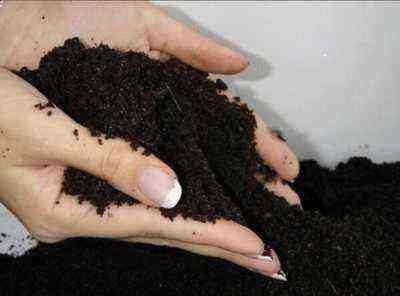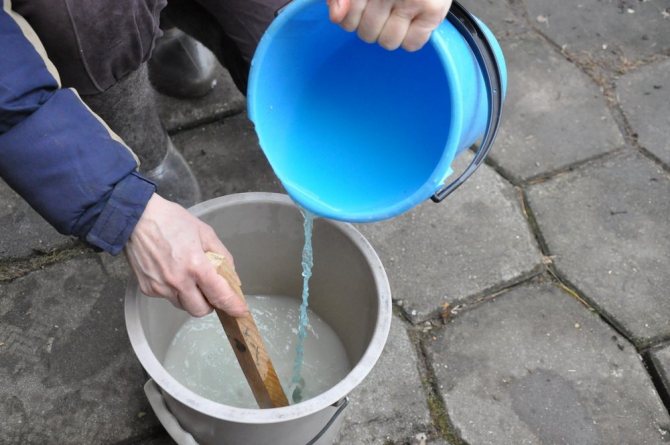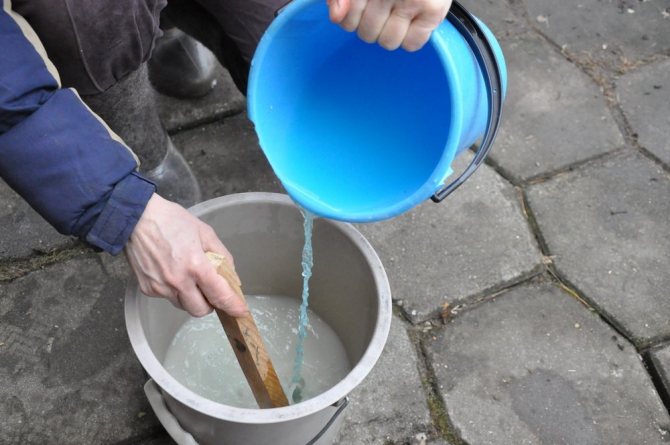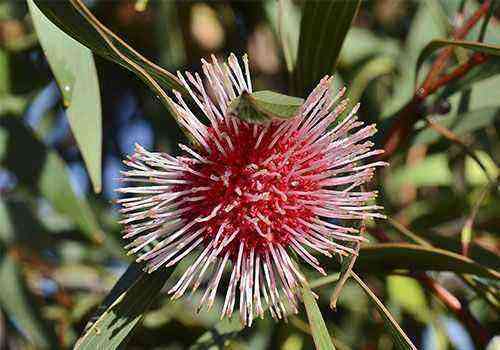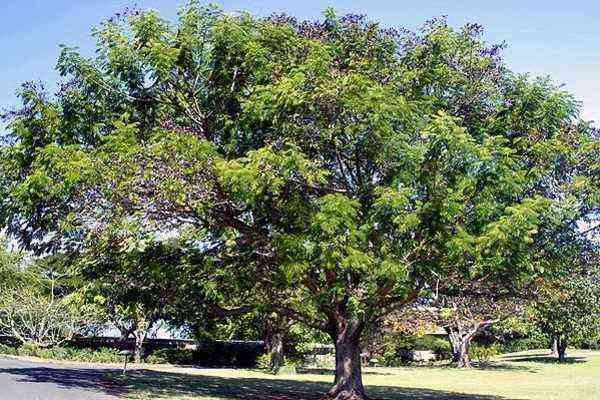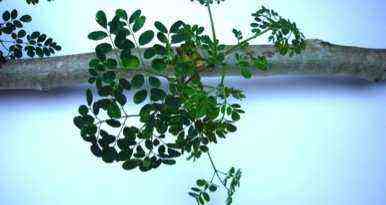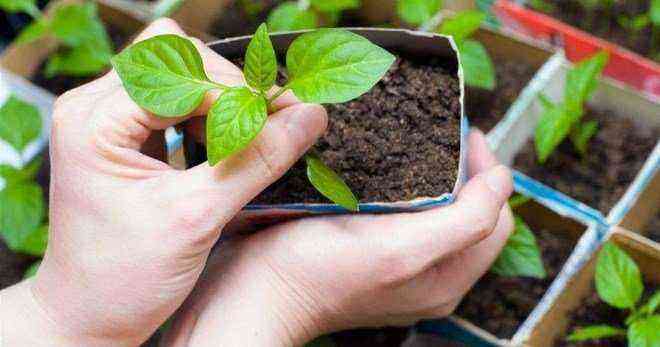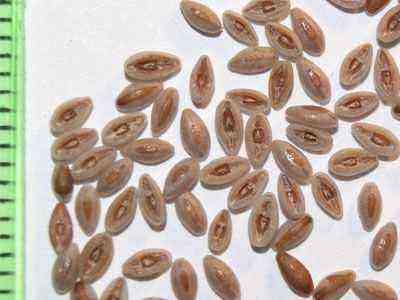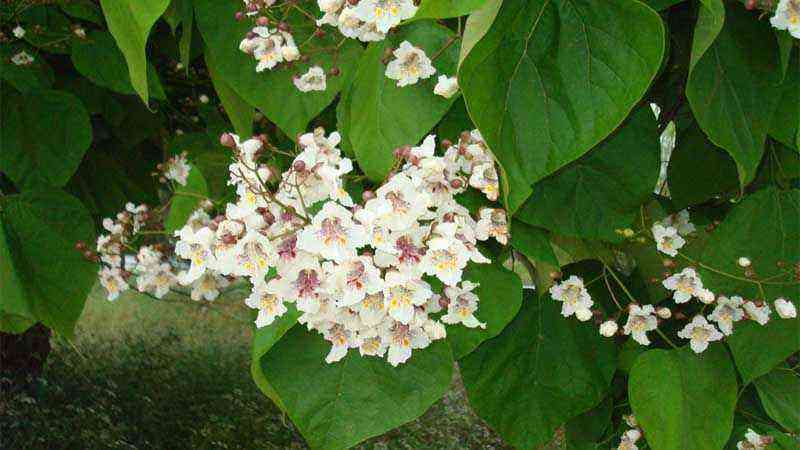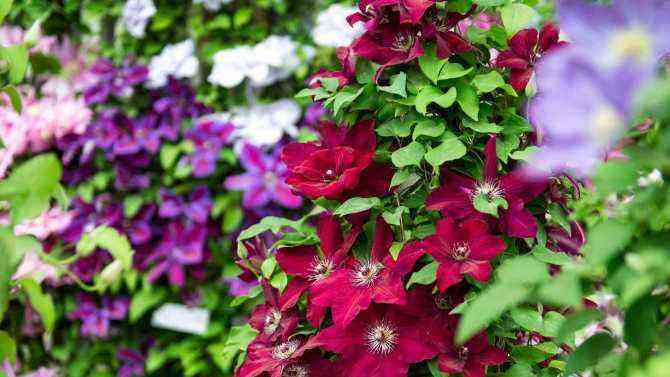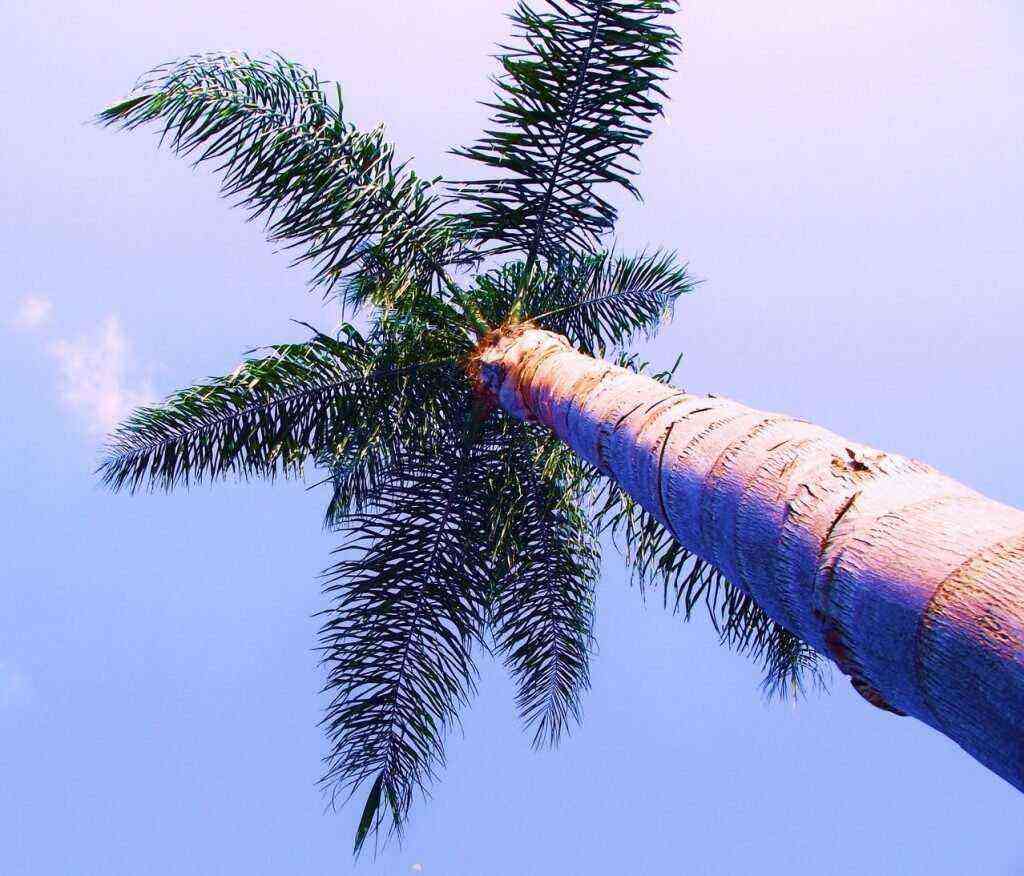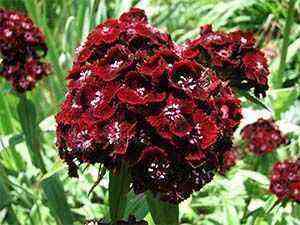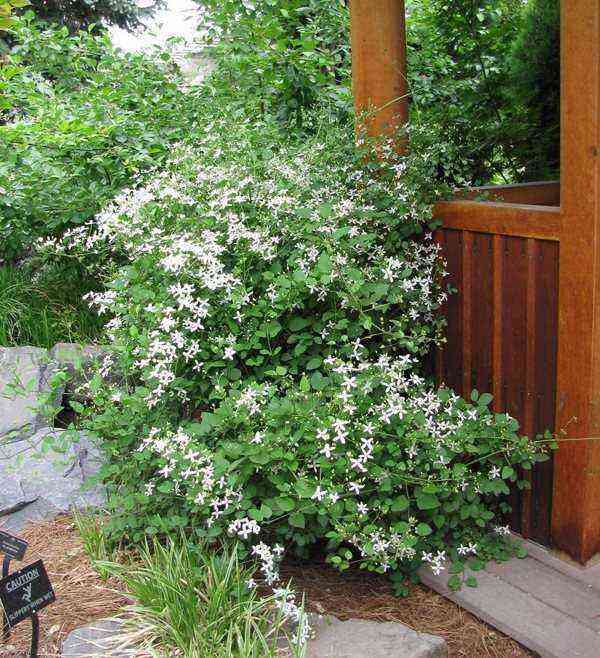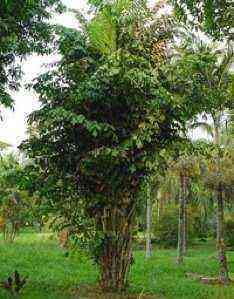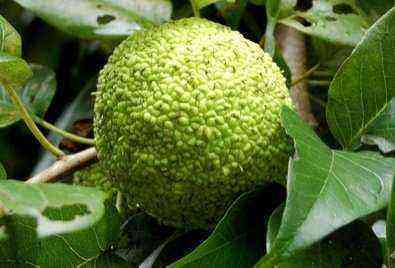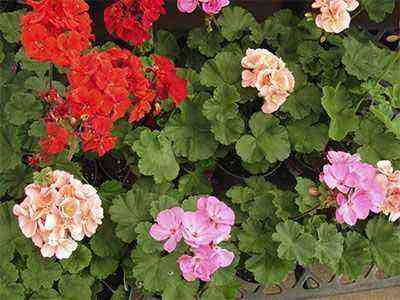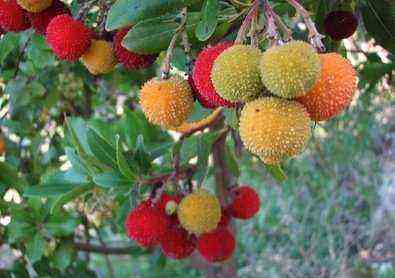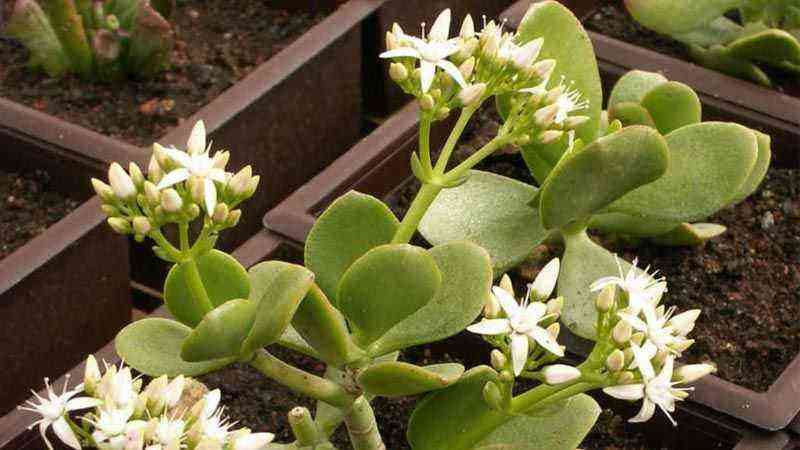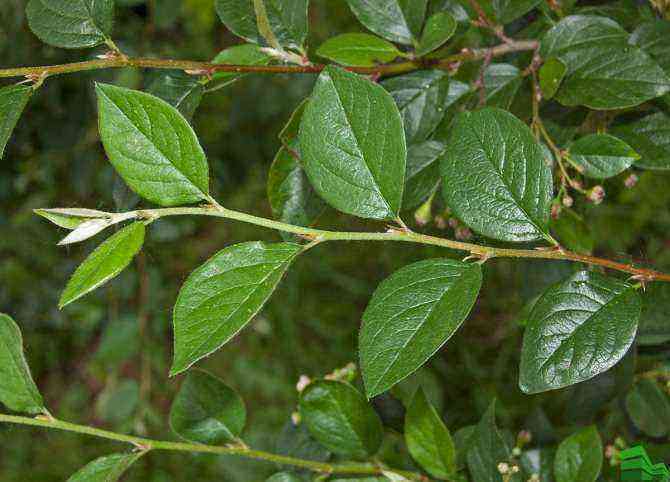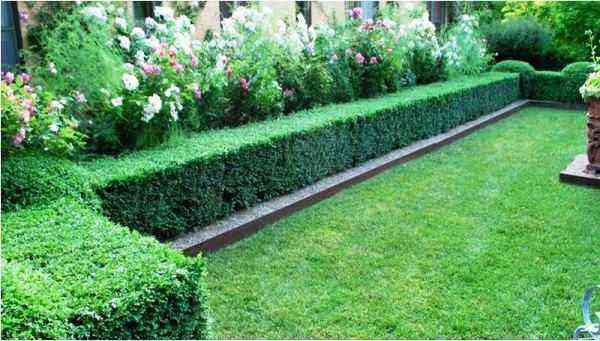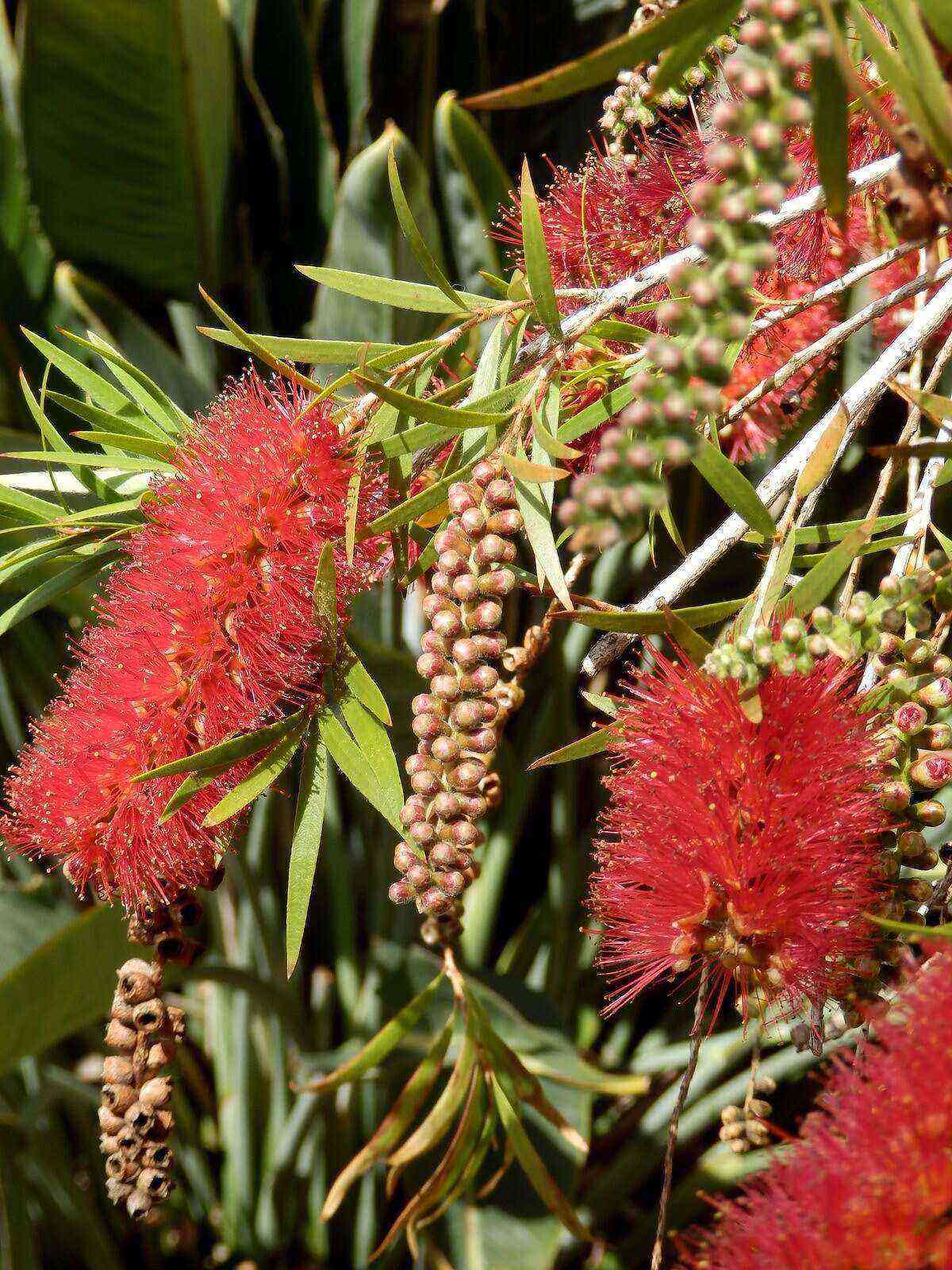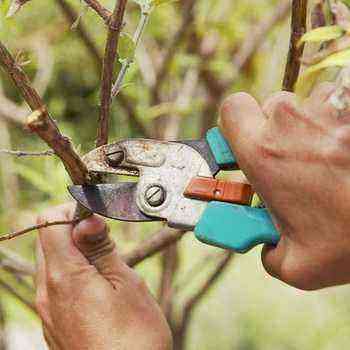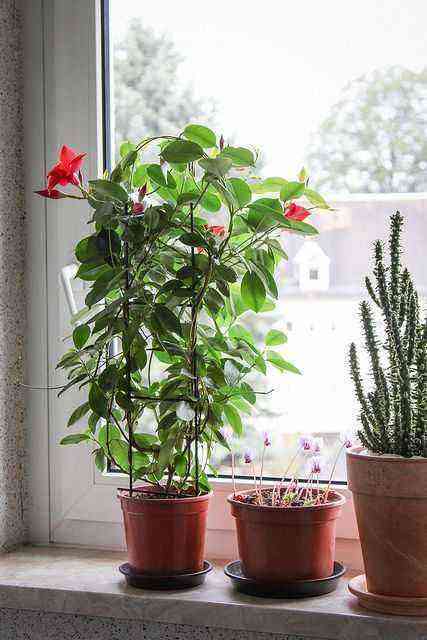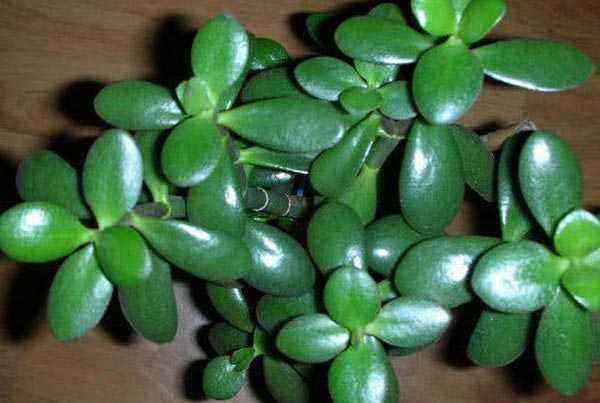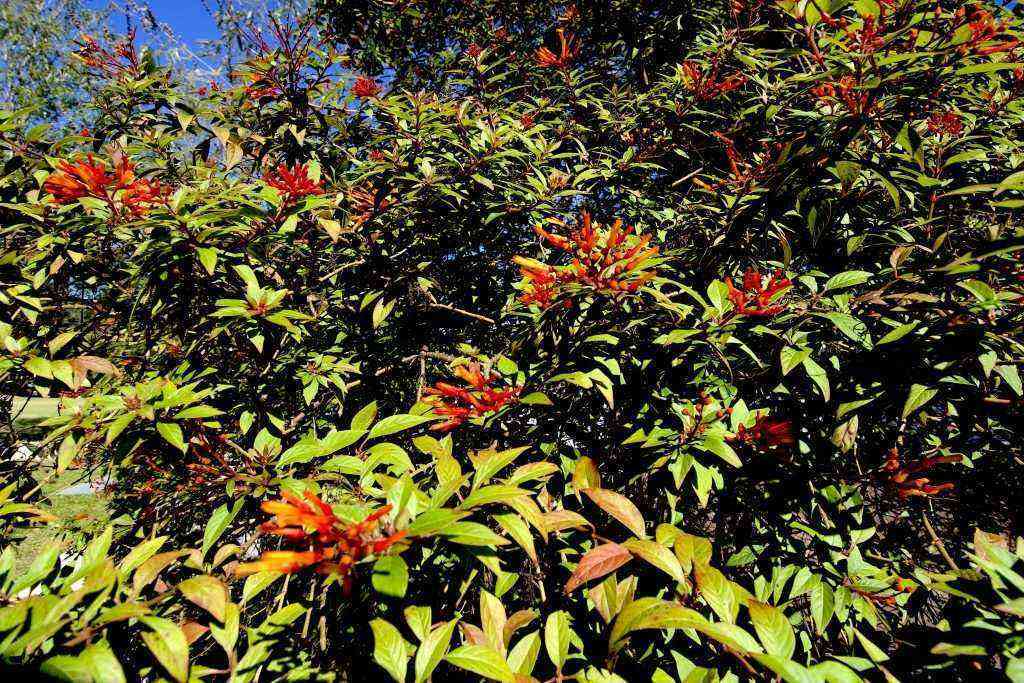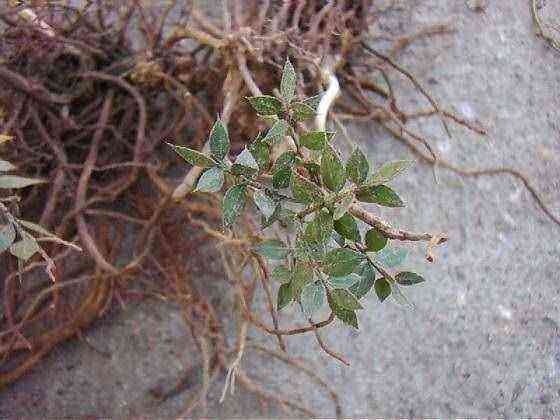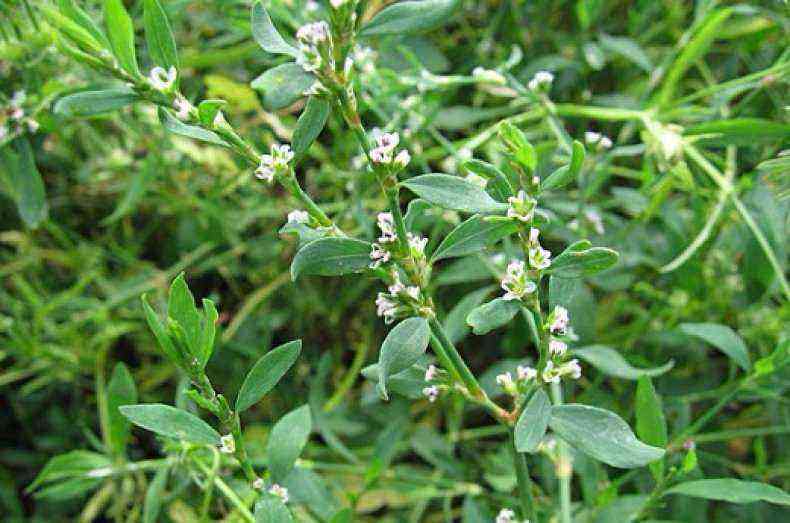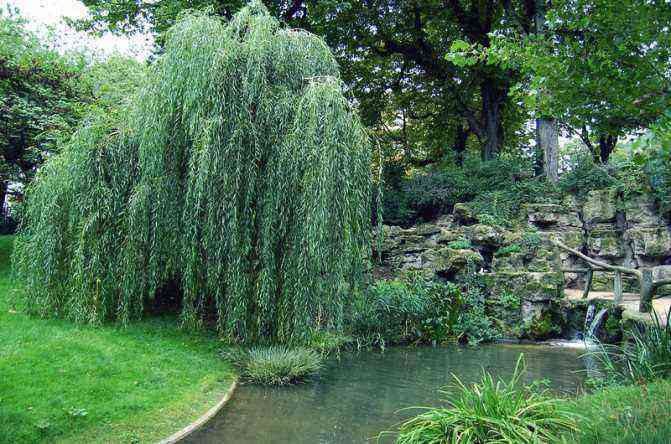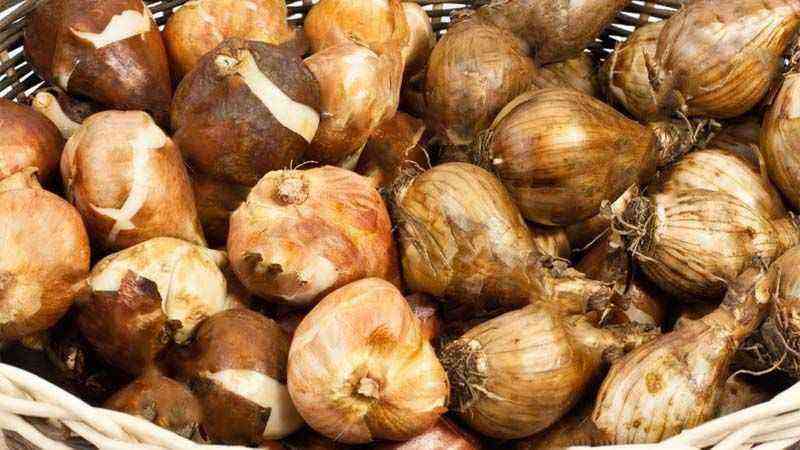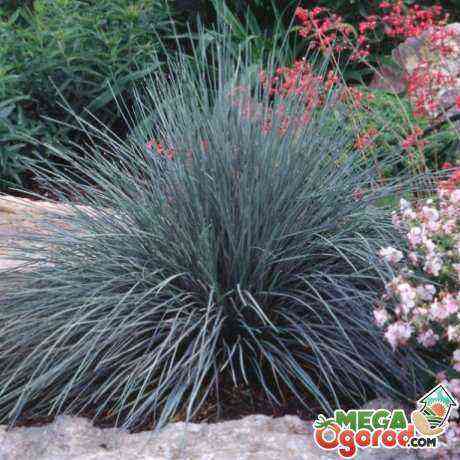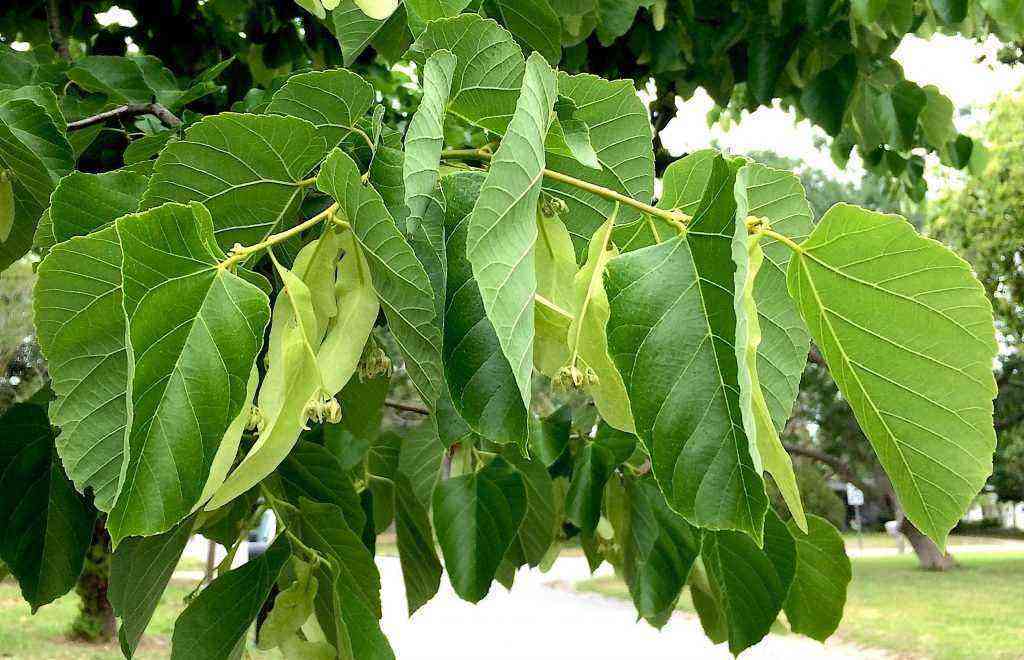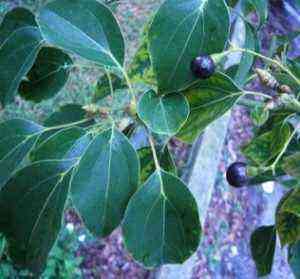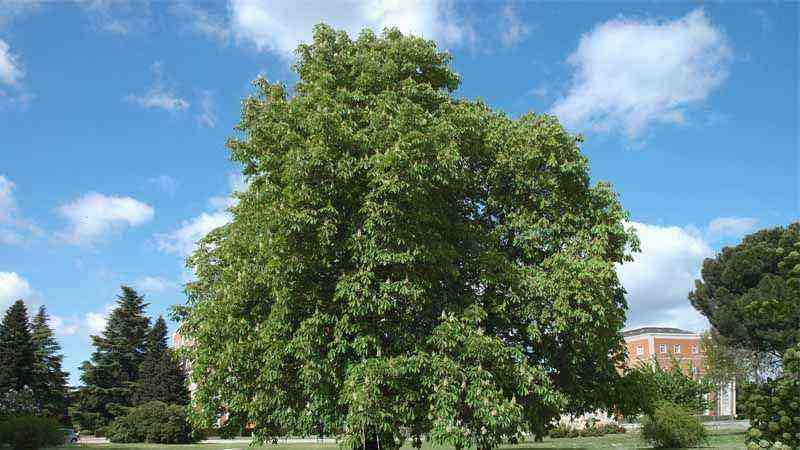What happens if you put it in a bad one?
With the wrong choice of soil for dill, you can face the following problems:
- Instead of bright greenery in the garden, you will see yellow leaves.
- The plants will grow into a stem.
- The color of the dill leaves will change to a pale bluish color.
- Foliage may start to wilt for no apparent reason.
- Crops can damage pests.
- Disease resistance decreases when planted in poor soil.
Soil preparation for autumn planting of raspberries
After planting, raspberry bushes can grow in one place for several years. Often, replanting the plant is not required. In order to ensure a rich harvest of berries for several years, you should take care of the correct choice and preparation of a site for raspberries in advance.
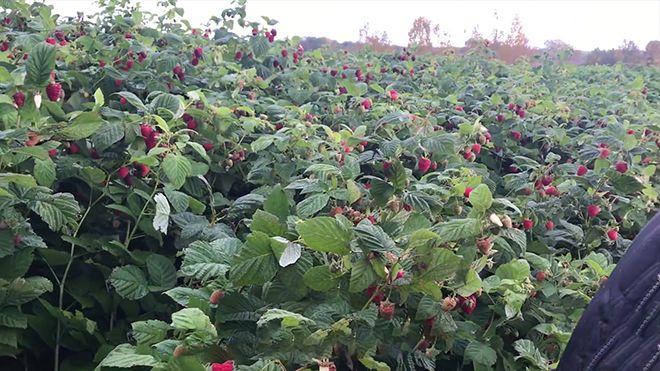
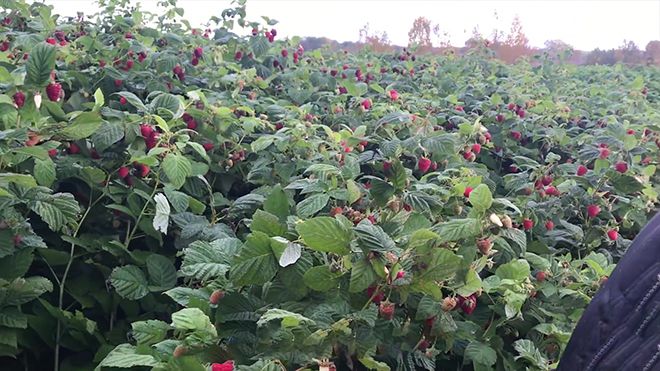
In this case, several nuances should be taken into account.
- An abundance of sunlight. In shaded areas, the shrub grows more slowly, and the berry ripens longer.
- It is important to ensure that the plantation is not located on swampy soil. Stagnation of moisture causes rotting of the root system and the death of the bush.
- Wind protection. For active growth and high yields, the bushes must be protected from strong gusts of wind.
When planting a new raspberry tree, you should take into account which plants were grown on this site earlier and which type of plant will coexist with the bushes for the next year.
It is not recommended to plant a plantation in the place where they used to grow:
- eggplants;
- potatoes;
- strawberries;
- pepper;
- old raspberry bushes.
The berry bush prefers the land on which it was previously:
- calendula;
- legumes;
- garlic;
- bow;
- parsley;
- lupine (such a plant is detrimental to the crustacean – the main insect pest for raspberries).
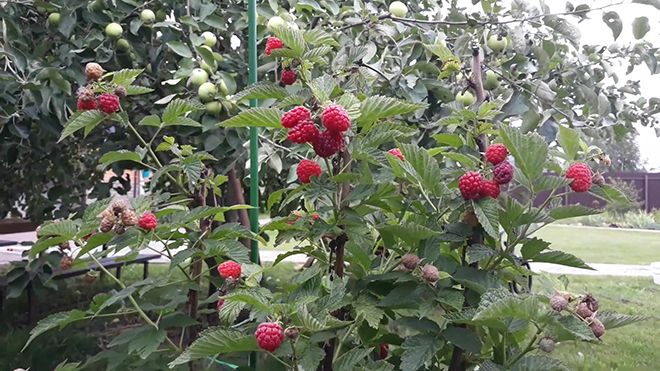
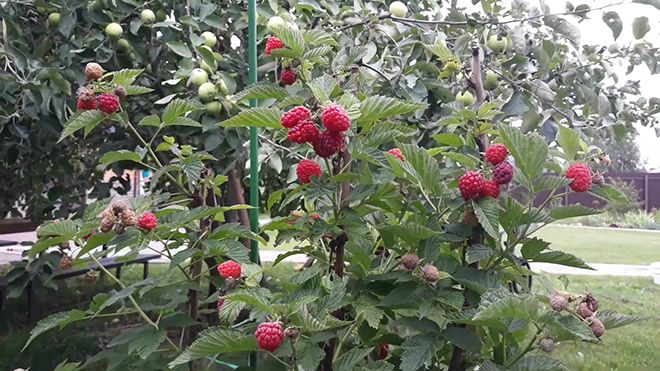
Preparing the soil for planting raspberries begins in the middle of summer. It is recommended to plant green manure in the selected area. Among them are peas, oats, vetch and wheat. After the planted plants have completed their growing season, they are plowed into the ground and berry bushes are immediately planted.
Thanks to the parts of plants in the soil, it is possible to increase the amount of useful microelements in the soil and enrich the upper layers with air. This approach is extremely important if the plantation is located on dense loam.
Perfect composition
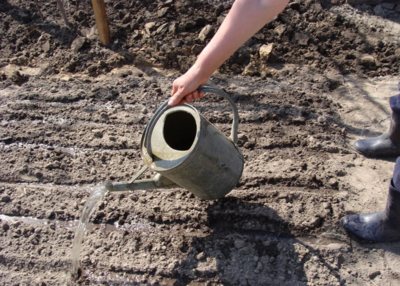
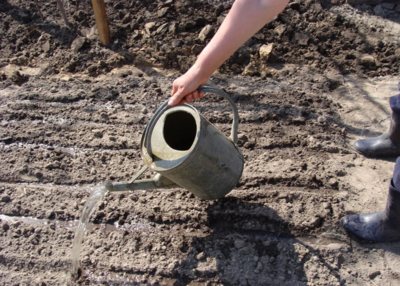
Dill quickly accumulates nitrates, so fresh manure or nitrogen fertilizers are contraindicated for it (we have described how dill can be fertilized here). To increase the fertility of the soil, the following is added to the site:
- Humus (0,5 buckets per square meter) and a tablespoon of complex fertilizer.
- If there is no humus, the grooves are watered with a solution of mullein (1:10) or liquid organic fertilizer “Biud” (1:20) before sowing seeds.
- You can buy ready-made soil, which is used for seedlings. He will make the bed more loose and fertile.
When choosing a place in the garden for this spicy crop, shaded or damp areas should be avoided. In such a place, the dill stretches out without forming fluffy leaves, and ties small umbrellas ahead of time.
Soil structure for tomatoes
What kind of soil do tomatoes like? Loose, breathable, rich in organics and minerals. The ideal option is black soil. All other types of soils need to be improved.
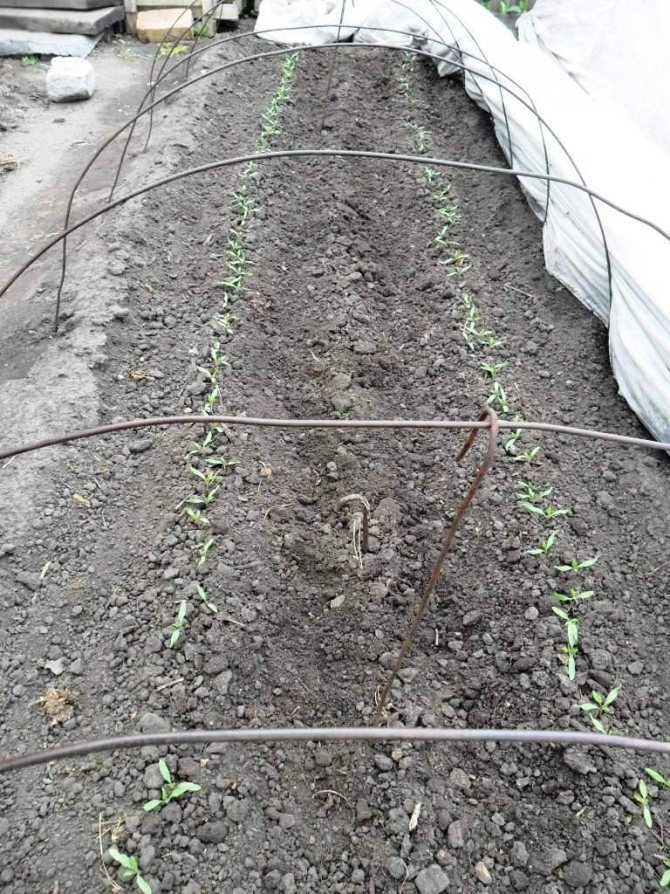
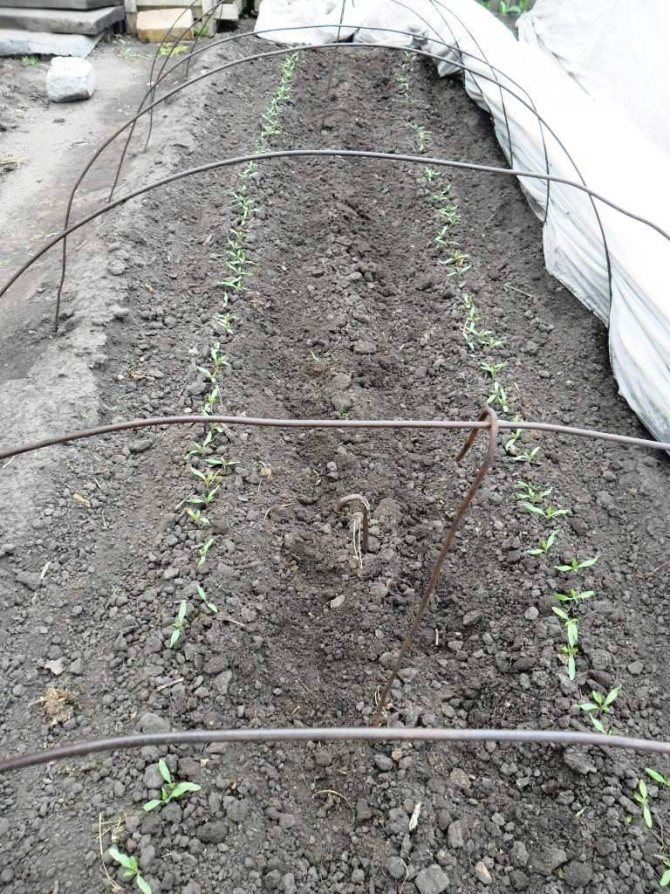
Sandy loam, clayey soils and loams are improved by adding humus, compost, peat, river or lake silt (sapropel) to them. Usually peat and sapropel are applied in an amount of 6-7 kg per m²; humus or compost – about the same.
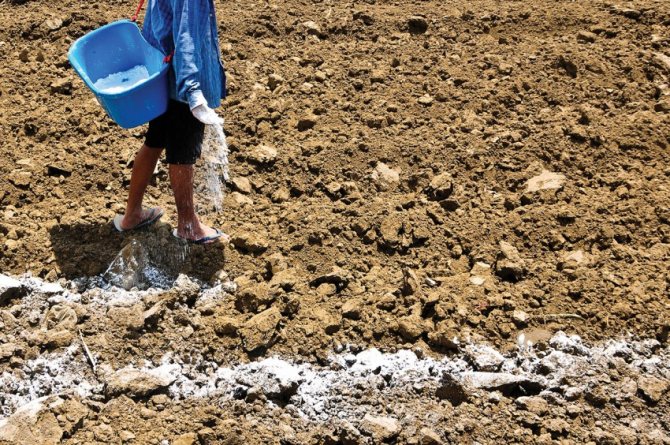
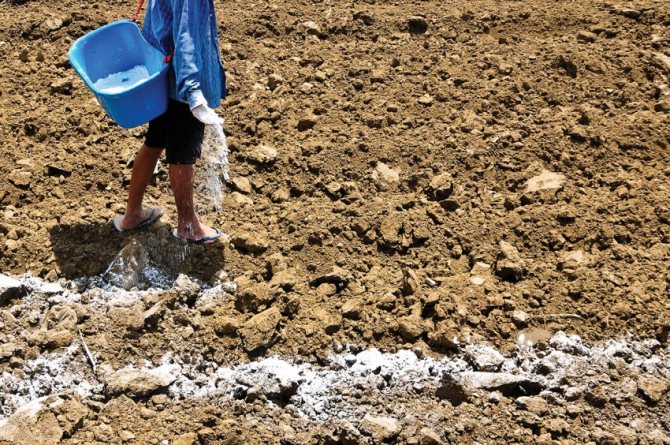
In no case should fresh manure be added. You can add a little sand (in clay and loamy soils), sawdust, straw.
If you extract the peat soil yourself, then you should definitely fill it with a layer of 30-40 cm, shovel it regularly and keep it for 3 years – fresh peat has many acids harmful to plants, and upon aging, all acids will erode and wash out of it.
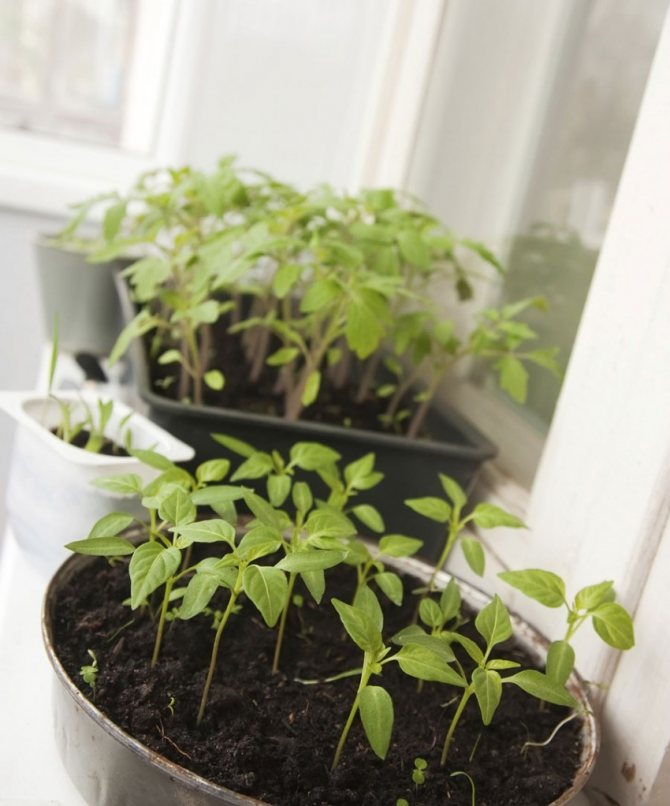
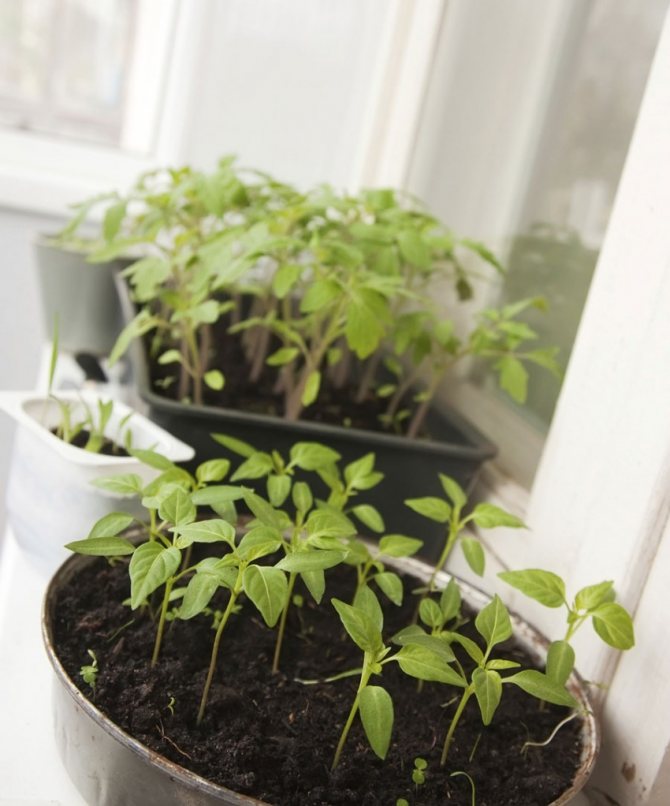
Fertilize future beds with wood ash, nitroammophos (30 g per m²), potassium sulphide and ammonium sulfate (20 g per m²). Sometimes bone meal is added.
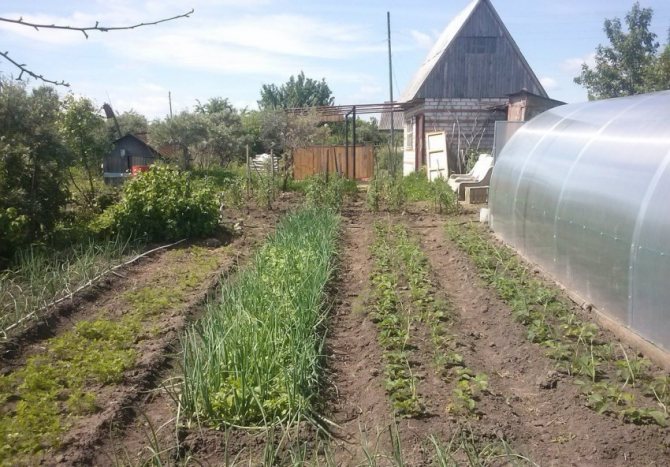
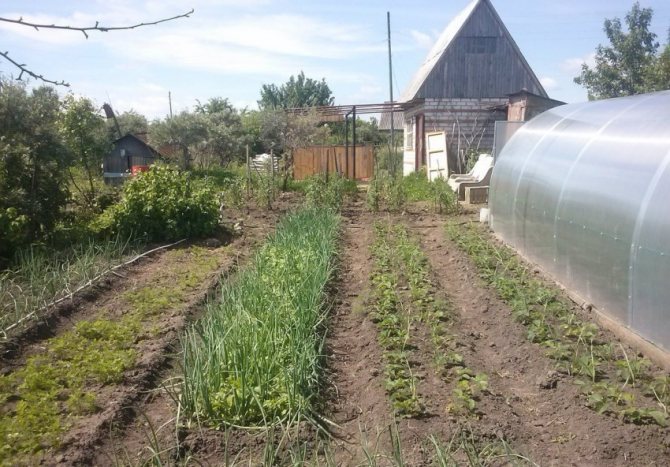
After all the additional ingredients have been scattered on the surface of the beds, the soil should be dug to the depth of the shovel bayonet.
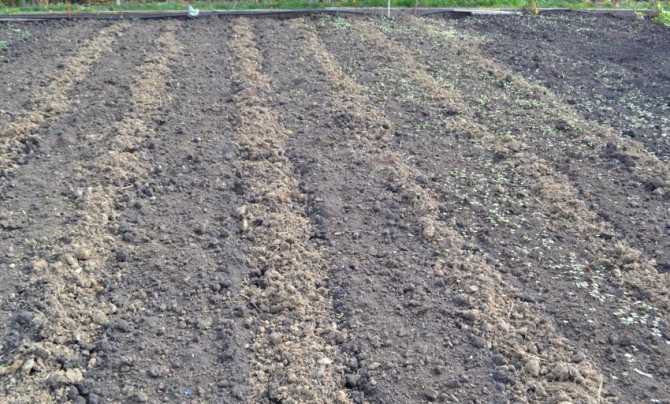

It is very good to add humus. Breeding on the site. Californian worms remarkably humus the soil.
Cultivation at home
Dill greens can also be grown at home on a windowsill. For this, ordinary pots and garden soil are suitable, which should be fertile enough and have a neutral reaction.
If you have not stocked up on earth, it makes sense to buy soil from a store. Purchased soil does not contain pests, weed seeds. He is treated for diseases. But these are additional costs.
How much will the finished soil cost?
In Moscow and St. Petersburg, soil for growing greenery will cost 250 – 300 rubles for 10 liters, peat mixture for seedlings will cost less – up to 150 rubles for 10 liters. Dill grows poorly on humus-poor soil; it will have to be fed.
Supporters of an innovative approach to growing greenery all year round can order the ZeoFlora Moisture Regulating Soil for growing plants in low light conditions. True, it will cost much more – 380 rubles for 2,5 liters.
At home, you can sow dill all year round, but it will not be as fluffy and aromatic as outdoors. With a short daylight hours, it is necessary to illuminate the plantings with a phytolamp or fluorescent lamp. Considering the cost of soil, lighting, electricity, homemade dill will turn out to be several times more expensive than purchased.
Soil acidity for tomatoes
Tomatoes do not grow well in acidic soil and like soil with a neutral or slightly acidic reaction. Therefore, it is necessary to determine the acidity of the soil for tomatoes using a litmus test. If, as a result, litmus shows an acidic reaction, then it is necessary to check the acidity in the laboratory.

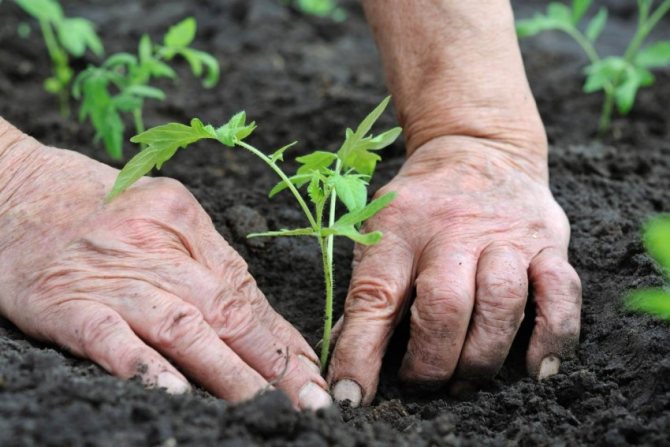
You can also roughly estimate the acidity of the earth using 9% vinegar: pour a little vinegar on the ground – with an alkaline soil, foam forms, with an acidic soil, there will be no reaction.
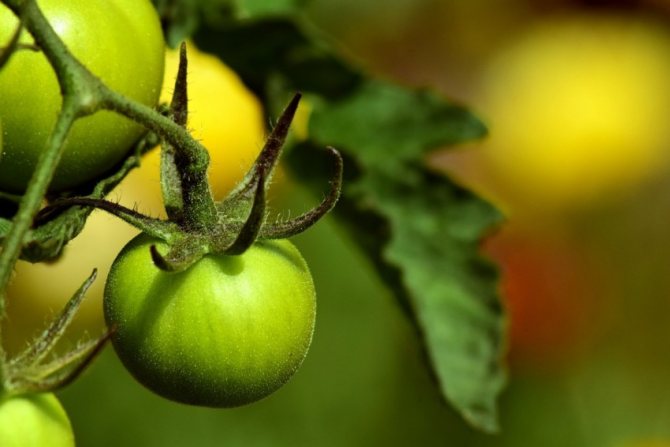
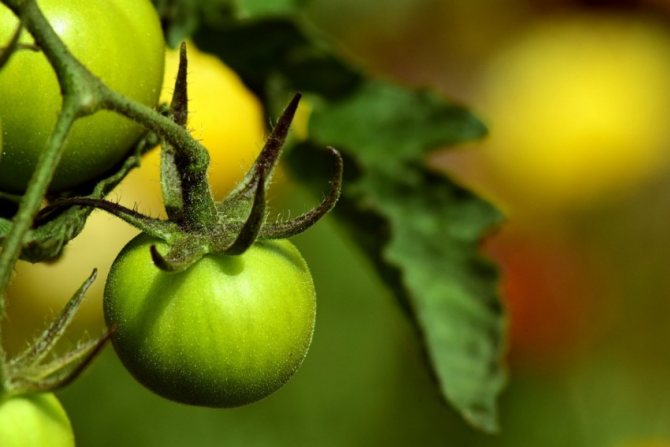
The maximum permissible acidity level should be no more than 7, and even better – 5,5-6.
If necessary, the acidity of the soil can be reduced by liming the soil. Work is carried out in the fall, the soil is evenly sprinkled with quicklime in an amount of one to one and a half kg per m², and a shovel (20-25 cm) is dug onto a bayonet.

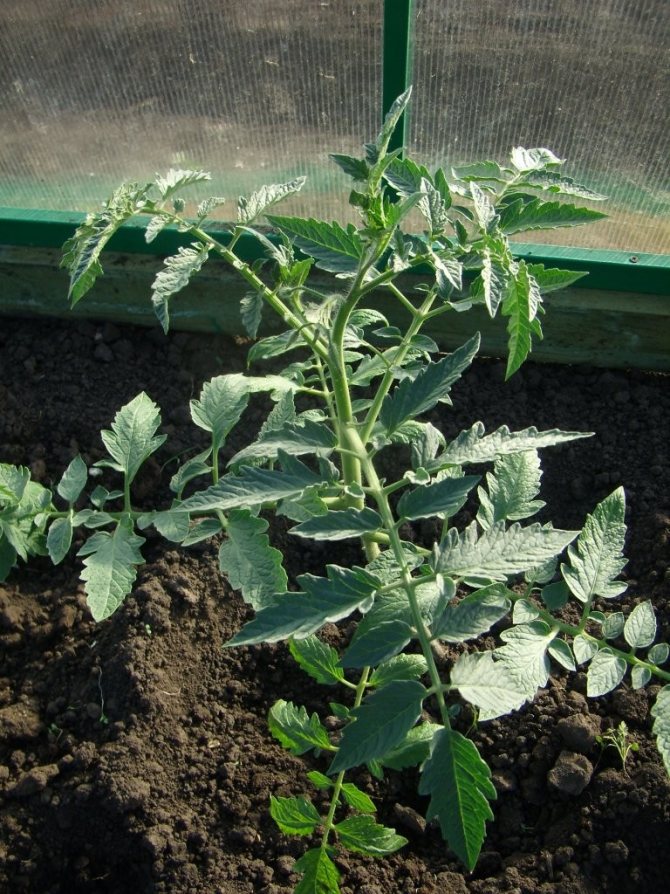
Liming can also be carried out in early spring, but it is still preferable to perform this operation before winter. In spring, it is better to use slaked lime, chalk, ash, dolomite or limestone flour.


Maintenance of the land in the garden
Choosing and preparing the right soil for dill is half the battle. Care is needed during plant growth, which consists in watering, loosening and mulching.
You will find more information about what kind of care dill needs after planting in a special material.
Watering
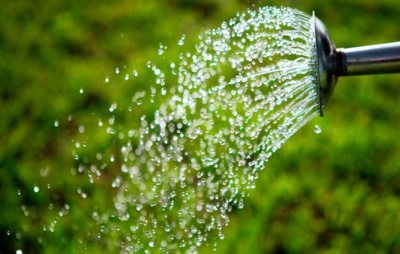
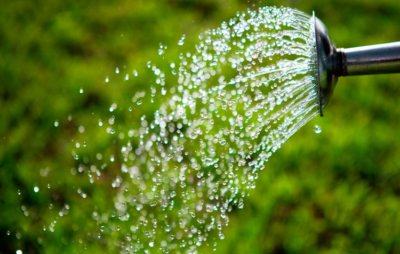
The soil on the dill beds should be moderately moist. At the beginning of growth, frequent watering is necessary. Adult plants are watered once a week. In dry summer – every day.
With a lack of moisture, dill turns yellow, does not gain green mass and loses its taste.
If the site is too damp, fungal diseases appear, the concentration of essential oils in the plants decreases.
Important! Do not water dill with water from the water supply system, as it does not tolerate chlorine. Before watering, such water must settle.
Read more about how often you need to water dill here.
Loosening
Dill is sown in rows so that it is convenient to loosen the aisles. Seedlings need thinning and weeding. The ridges are loosened every two weeks. This is best done after rain or watering to avoid crusting the surface.
Mulching
In the aisles, straw is sometimes laid out as mulch. This reduces the evaporation of moisture and inhibits the growth of weeds. You should not lay mulch close to the trunks of dill, so as not to cause decay and disease.
Feeding
If the land was well fertilized before sowing, there is no need to feed the plants additionally – dill accumulates nitrates harmful to humans. With pale leaves at the very beginning of growth, one feeding with nitrogen fertilizers is allowed.
How to fertilize dill, we told here.
Pest Control
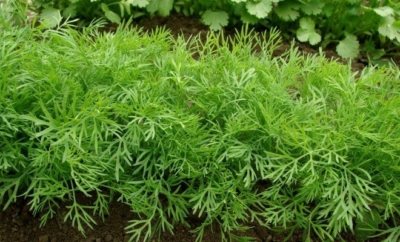

Due to the fact that dill greens come to our table without heat treatment, pest control should be carried out only with folk remedies, avoiding chemicals. The pests of this green culture can be aphids, ticks, umbrella moth, carrot beetle.
To avoid pest damage will help:
- weed control;
- thinning;
- loosening;
- sevooborot.
It is not recommended to sow dill where it grew last year or after carrots.
Diseases
Dill pests can become carriers of fungal diseases. Before sowing, the seeds must be soaked in a solution of potassium permanganate, shed the beds with copper-containing preparations. As diseased plants appear, they are immediately removed. The beds are treated with foundation.
What pests and diseases can threaten dill and how to deal with them, you will learn from this article.
With the right choice of planting site and soil composition, many problems can be avoided. Timely watering, thinning and loosening will ensure a good harvest of this fragrant and healthy greenery.
If you find an error, please select a piece of text and press Ctrl + Enter.
Soil for growing seedlings
The soil for seedlings is in any case different from the soil for adult plants – it is lighter and more airy. It is best to buy a store-bought substrate for tomato and pepper seedlings. Or just a seedling mixture. Coconut fiber or chips, sand, vermiculite, peat, moss, fertilizers are added to it – all this makes the mixture very light.

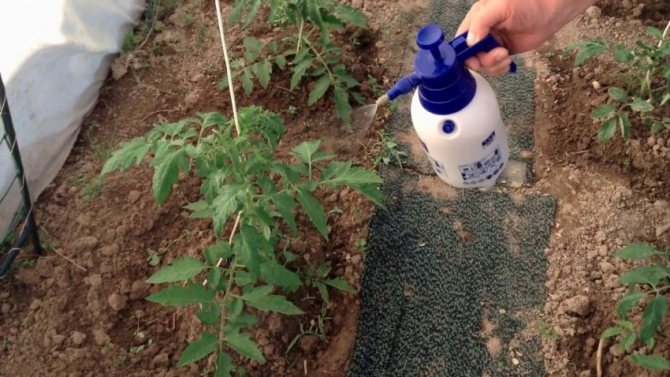
What kind of soil do tomatoes like at the time of germination? The seedling mixture has a slightly increased amount of nitrogen fertilizers – they ensure the rapid growth of seedlings.
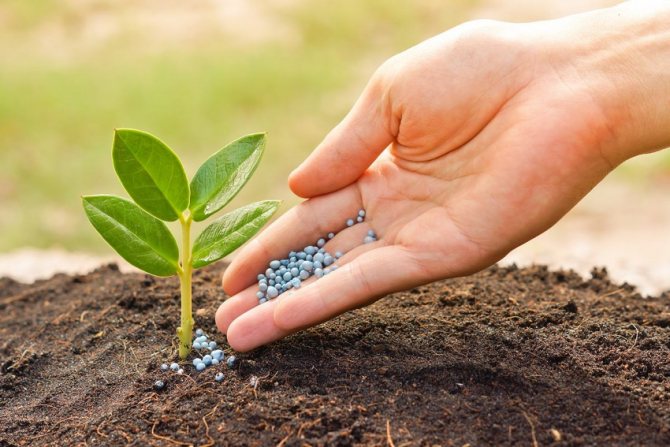
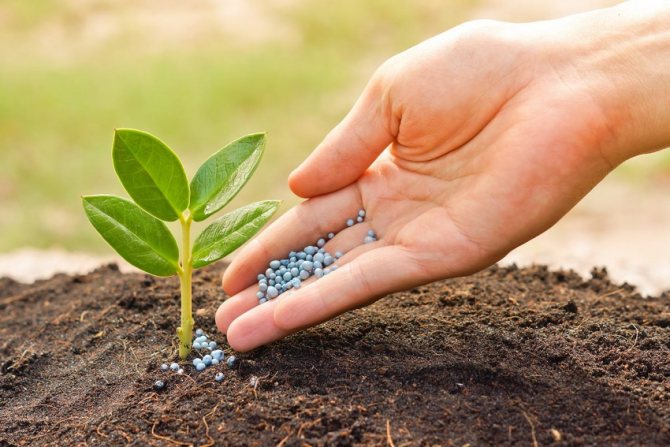
You can independently prepare a mixture for growing seedlings from one part of leafy land, two parts of low-lying peat, one part of humus, one part of sand or coconut fiber, or other baking powder.
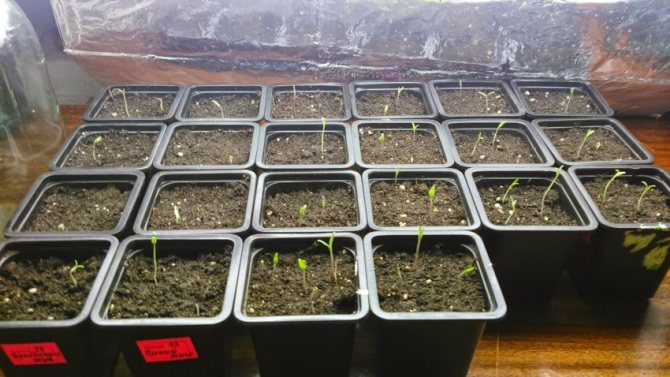

For 10 kg of the mixture add 100 g of wood ash and 3-4 tablespoons of limestone or dolomite flour. It is advisable to add one part of vermicompost. You can add perlite or vermiculite, sapropel.
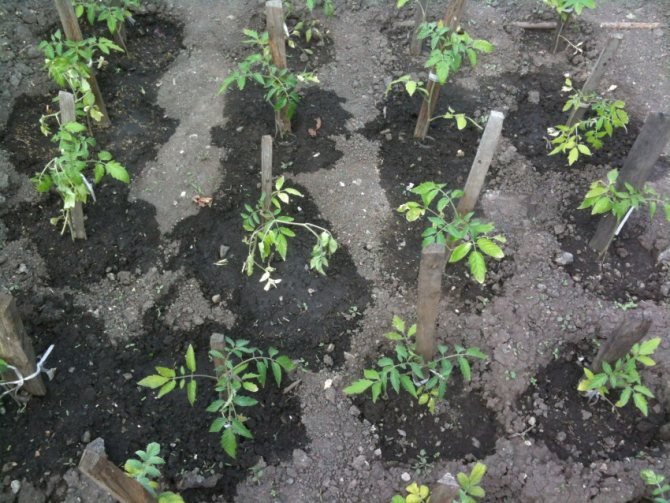

Do not overdo it with ash and humus – in a substrate that is too rich in nutrients, seeds may simply not sprout. Do not add sawdust, especially from conifers.

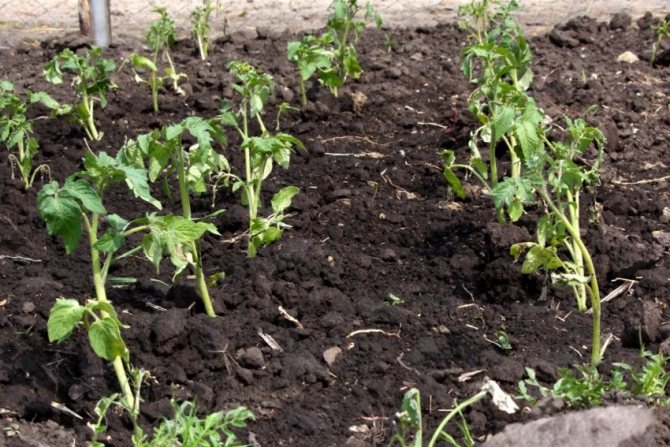
The substrate must be disinfected – ignite in the oven or freeze it, for example, leave it in a box outside for the whole winter.
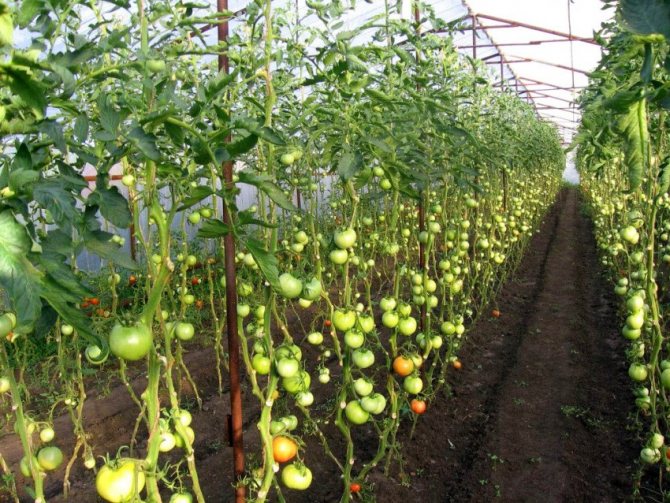
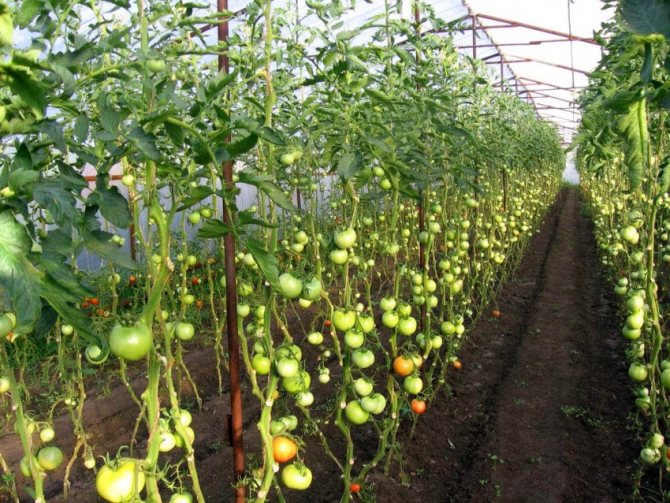
Criteria for determining a suitable soil
To get a luxurious vineyard, you need to choose the right soil composition. Grapes grow best on light soils, which provide oxygen and water to the roots. The best options are loam, clay, black soil, sand and sandy loam mixtures.
Good composition for seedlings
The best soil for growing grapes is a mixed one of stones, clay, sand, minerals and organics. Heavy clay soils practically do not conduct air and water, therefore they are not suitable for planting a vineyard. Sandy ones quickly give up moisture, freeze in cold weather, which leads to the death of young plants. Also, the soil should contain iron, nitrogen, calcium, potassium, magnesium, phosphorus – a deficiency of these elements negatively affects plant growth. How to cut grapes in autumn read here.
Acidity and alkaline indicators, which the chubuk loves
The next important soil indicator is the pH level. It can be neutral, acidic, or alkaline. For grapes, a range of 4-8 is optimal. Avoid soils with high acidity – in them the roots do not absorb nutrients well, and there is a need for additional soil fertilization.
Lime can be used to reduce the acidity of the soil.
How to determine yourself?
A type
In order to determine the composition of the soil, it is not necessary to send a sample of it for analysis to the laboratory. It is necessary to take some soil in the place of the site where the culture is supposed to be planted, and moisten it to a pasty state.
Council
Even within the same garden, the soil can differ in composition, acidity, and therefore in the least moisture capacity.
From the resulting paste, roll out a sausage with a diameter of about 5 mm with our palms and try to roll it into a ring. Based on the result, we determine the type of soil:
- if the paste from the moistened soil rolls well into the sausage, a ring that keeps its shape rolls up from it, it means that in the area where the sample was taken, there is heavy clay soil;
- if you managed to roll a sausage, but when you try to roll a ring, cracks appear on it, then it is loam;
- even if the sausage does not roll out, it is light sandy loam or sandy soil.
Acidity


It is possible to determine acidity by accompanying plants only on virgin lands, therefore it is better to use indicator paper – it is commercially available.
20 g of soil taken for analysis is poured with 50 g of distilled water, mixed thoroughly and allowed to settle for half an hour. A litmus tape is immersed in the resulting aqueous solution, and the acidity is determined by the changed color:
- red – acidic soil;
- orange – medium sour;
- yellow-orange – slightly acidic;
- yellow-green – neutral;
- green-blue – alkaline.
Humidity
The thermostat-weight method for determining the least moisture capacity (HB) with the complexity of the name is the simplest. You will need a small aluminum container with a tight-fitting lid and an accurate balance of up to 0,1 g.
- Weigh the container with a lid – M1.
- The soil taken for analysis is poured into a container, filling it halfway, covered with a lid and weighed – M2.
- A container with soil, but without a lid, is installed in an oven, where at temperatures above 100 ° C, water is evaporated for 4-5 hours.
- After that, the container is covered with a lid, allowed to cool and weighed again – M3.
The smallest moisture content in% is calculated by the formula:
Important!
HB = M2 minus M3 (mass of water) divided by M3 minus M1 (mass of dried soil) and multiply by 100%.
HB is the amount of moisture that the soil is able to hold with the help of various forces (adsorption, chemical bonds, capillaries, hydrocolloids, etc.), and all the rest of the moisture accumulates in the lower layers under the influence of gravity.
Temperature
Soil temperature is measured with special soil thermometers with a long probe covered with an anti-corrosion layer and a digital display.
The nuances of the preparation of sandy and clay soils
As noted earlier, raspberry bushes love loamy and sandy loam soil. However, in many regions the soil is characterized as sandy or clayey. The situation can be corrected by careful preparation of the site.
Clay heavy soils need to be loosened. To do this, bring to the ground:
- sheet compost;
- river sand is coarse;
- straw (pre-chopped);
- peat is not acidic.
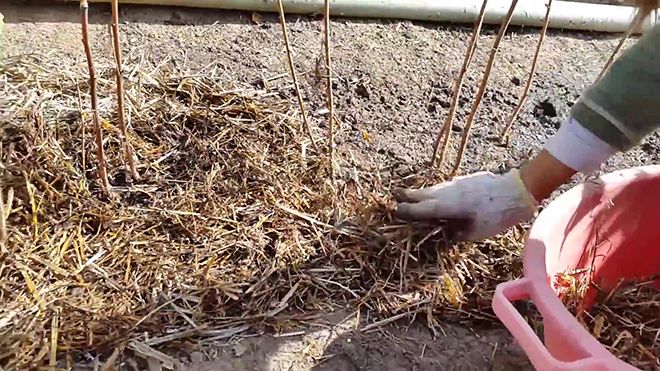
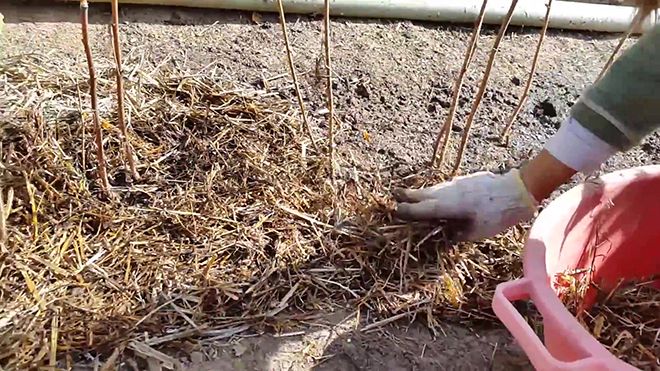
The amount of such components depends on the density and fat content of the earth. To check if baking powder is still needed, a small area of land can be watered abundantly and left to dry. If after that a cracking crust forms on the surface of the earth, the dose is increased.
The next year, the condition of the soil must be checked, since the sand is washed out by water and settles.
Sandy (poor) soils are characterized by a lack of organic compounds and potassium, and therefore need annual care. The site should be entered:
- sapropel (freshwater silt);
- a small amount of clay – it increases the viscosity of the soil;
- organic compounds.
Experienced gardeners recommend choosing horse manure among organic compounds. For poor lands, organic matter is applied twice a year. The site must be fertilized in the fall. In this case, in the spring, the plants will already be able to use the nutrients for active growth.
What kind of soil does hydrangea like: the main indicators of the soil
Before planting, you need to choose a suitable place and prepare the soil for the hydrangea. He must meet the following criteria:
- be nutritious;
- have sufficient lightness;
- good moisture permeability;
- have a certain acidity.
Transplanting flowers
If the land does not meet all the requirements, the hydrangea will develop poorly or simply die.
Important! The plant will tell itself that the soil is not good enough. There will be few flowers on it, and those that bloom will quickly fade. In addition, the leaves may curl and fall off.
In order to correctly read the signals given by the hydrangea, the florist needs to monitor its condition and periodically inspect the bushes.
In order to find out in more detail what kind of soil is needed for hydrangea, you should study all the requirements for it.
Acidity
First of all, for normal growth, it is necessary that the soil has a medium acidic level (pH 5.5). If this indicator is too low, the plant will change the color of the leaves. In this case, additional acidification may be required. But, not knowing the acidity that a given soil composition has, it is better to refuse to add lime and other ingredients that affect this indicator.
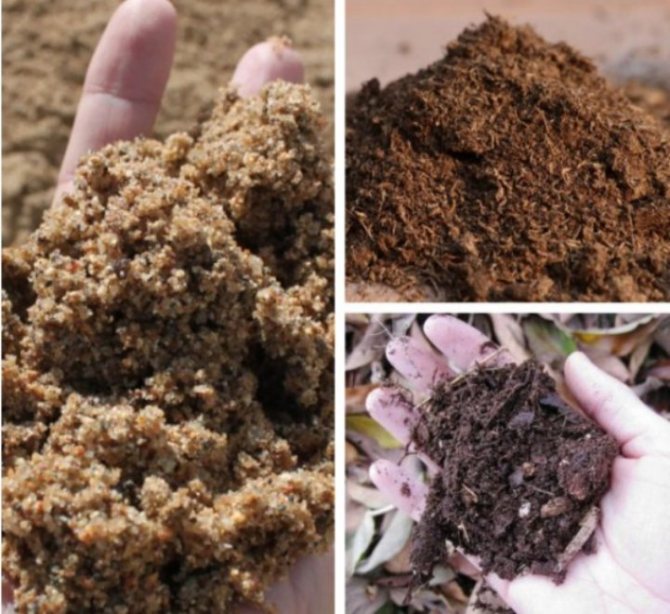
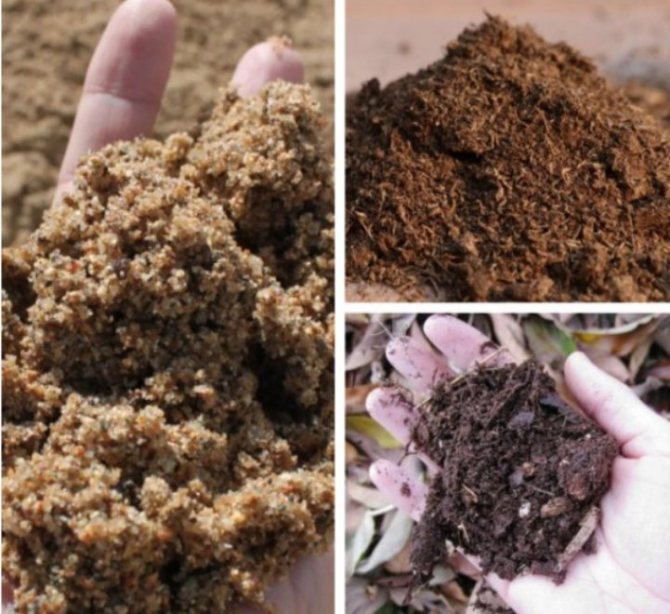
Soil Preparation
After carrying out a special test and identifying the problem, it is recommended to use ready-made solutions of organic origin or a homemade acidifier made up of food acids such as citric, malic or acetic acid to normalize the acidity level.
You can prepare an acidic solution by mixing the selected component with water in the proportion: 1 tablespoon of the active ingredient in a bucket of water.
You can measure the acidity level of the soil using a special device that is sold in gardening stores.
Lightweight and breathable
First of all, the soil for the hydrangea must be light enough to provide air access to the plant’s roots. For this purpose, chernozem with a high structure density is not suitable.
For reference! You can make the soil easier by adding sand, sheeting, or fine gravel.
Humidity
Good water permeability of the soil layer ensures lush flowering of the bush. Hydrangea loves moisture very much and the area where it is planted should not be arid.
To maintain the desired moisture level during the growth of the culture, soil mulching is carried out in the perimeter close to the stem. It is recommended to do this immediately after planting in the ground.
Nutritional value
It is equally important that the soil for the hydrangea is nutritious.
To increase the fertility of the soil, mineral and organic compounds are used, created by hand or purchased in specialized stores. Ready fertilizers are good because, in addition to providing normal nutritional value, they are able to regulate the acidity of the soil layer.
Important! It should be remembered that the high acidity of the soil will affect the hydrangea inflorescences with a bluish tint. If the medium is neutral, the petals will have a yellowish color. An increased alkaline background will give a pink sheen. Many owners use this property to periodically change the color of the hydrangea.
